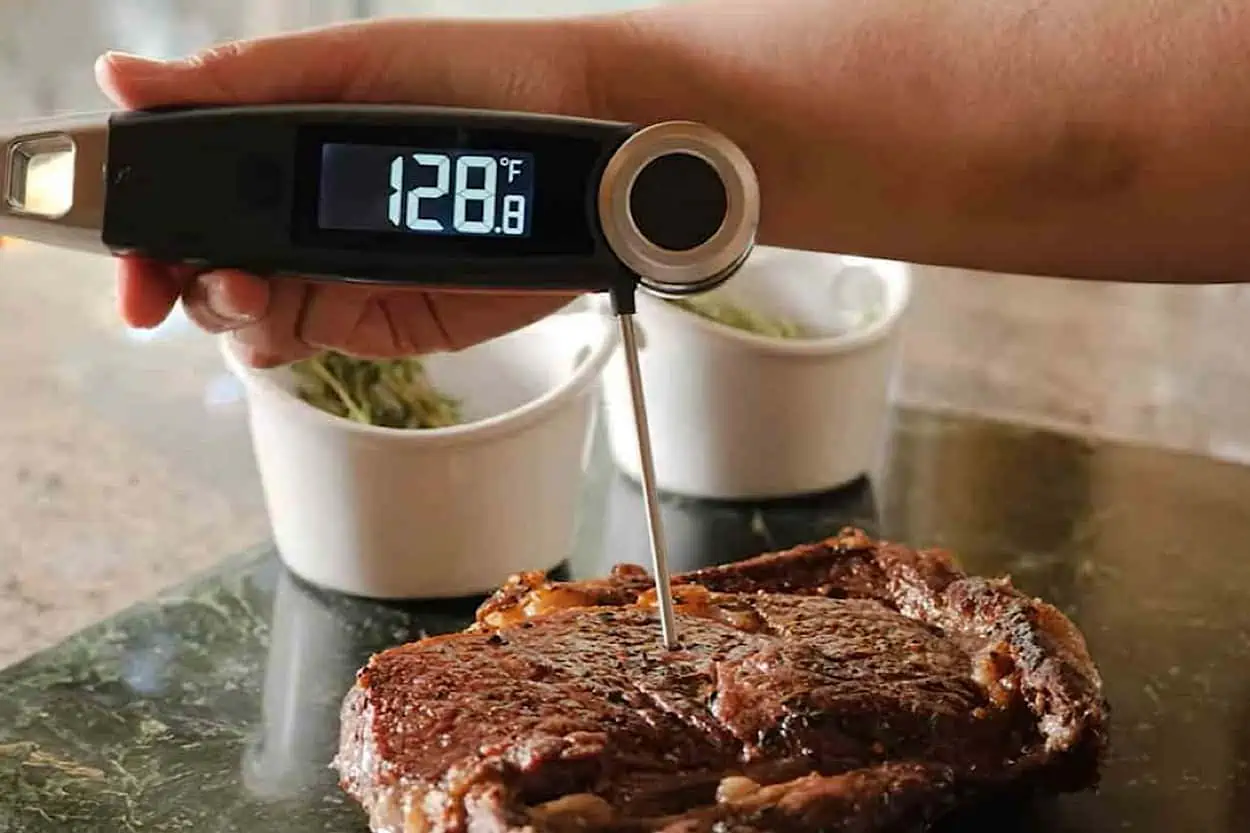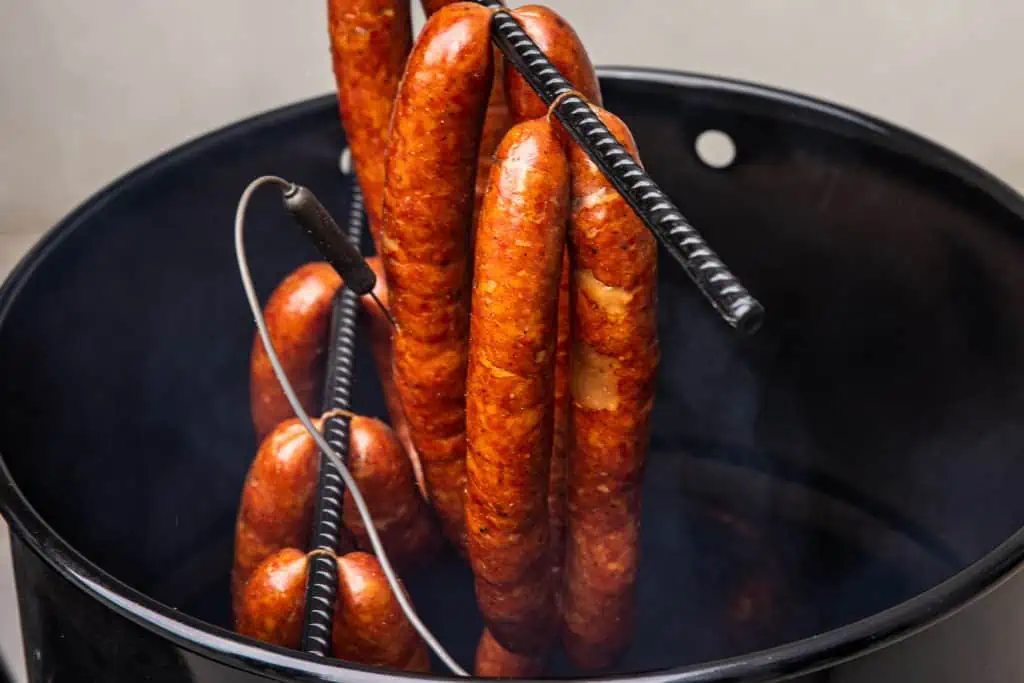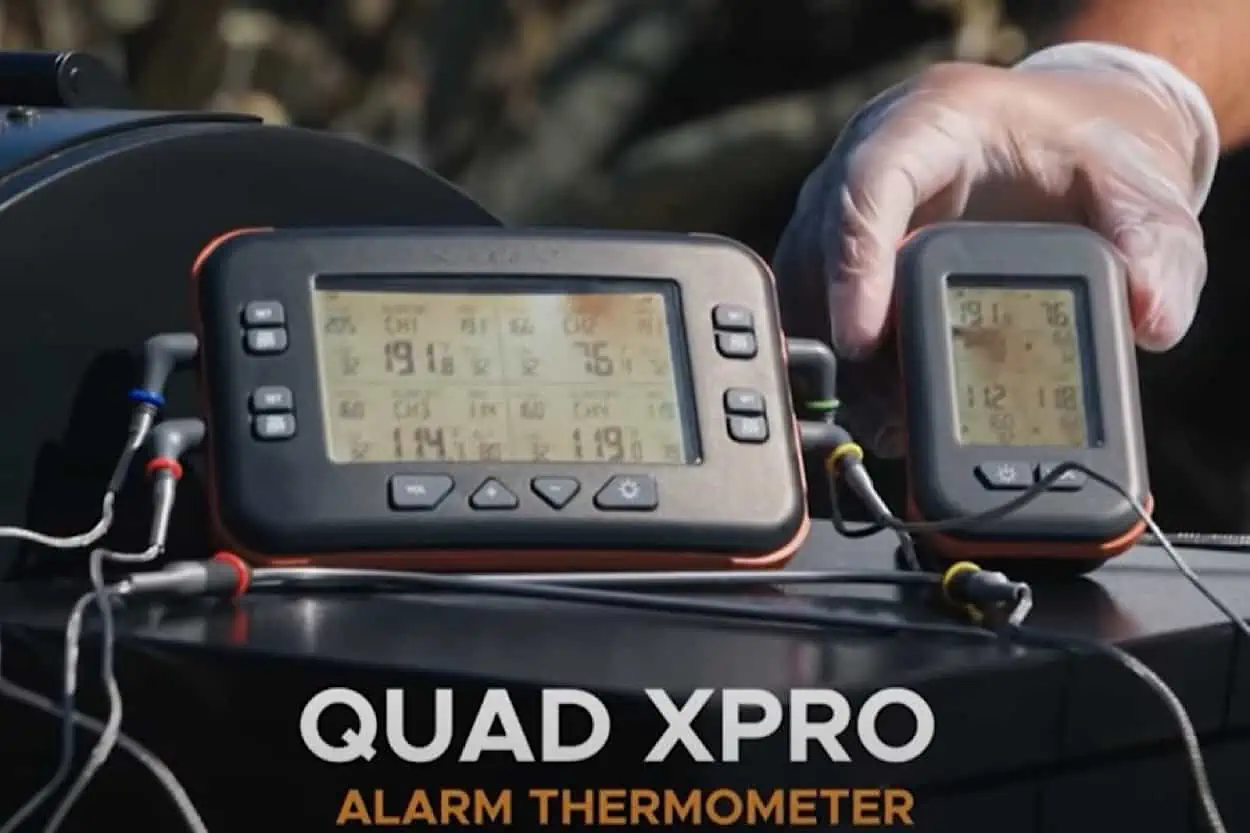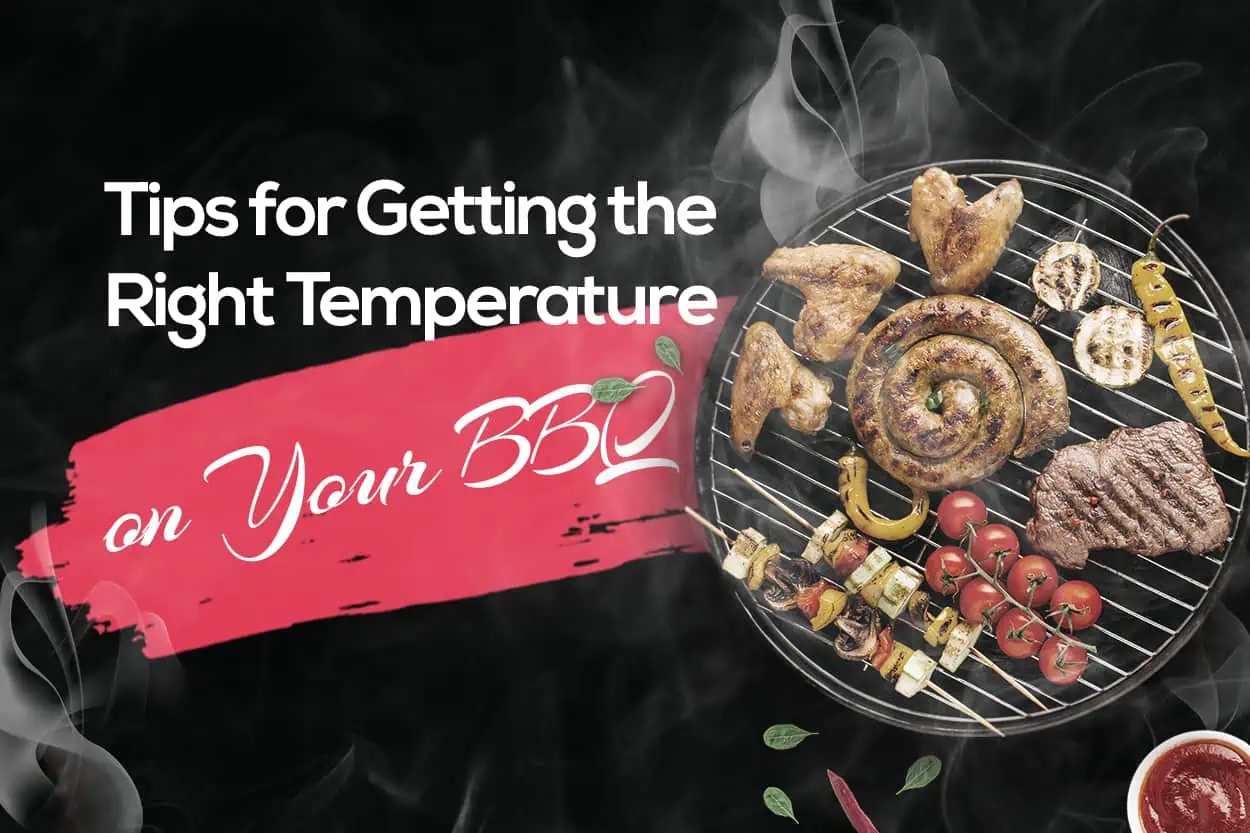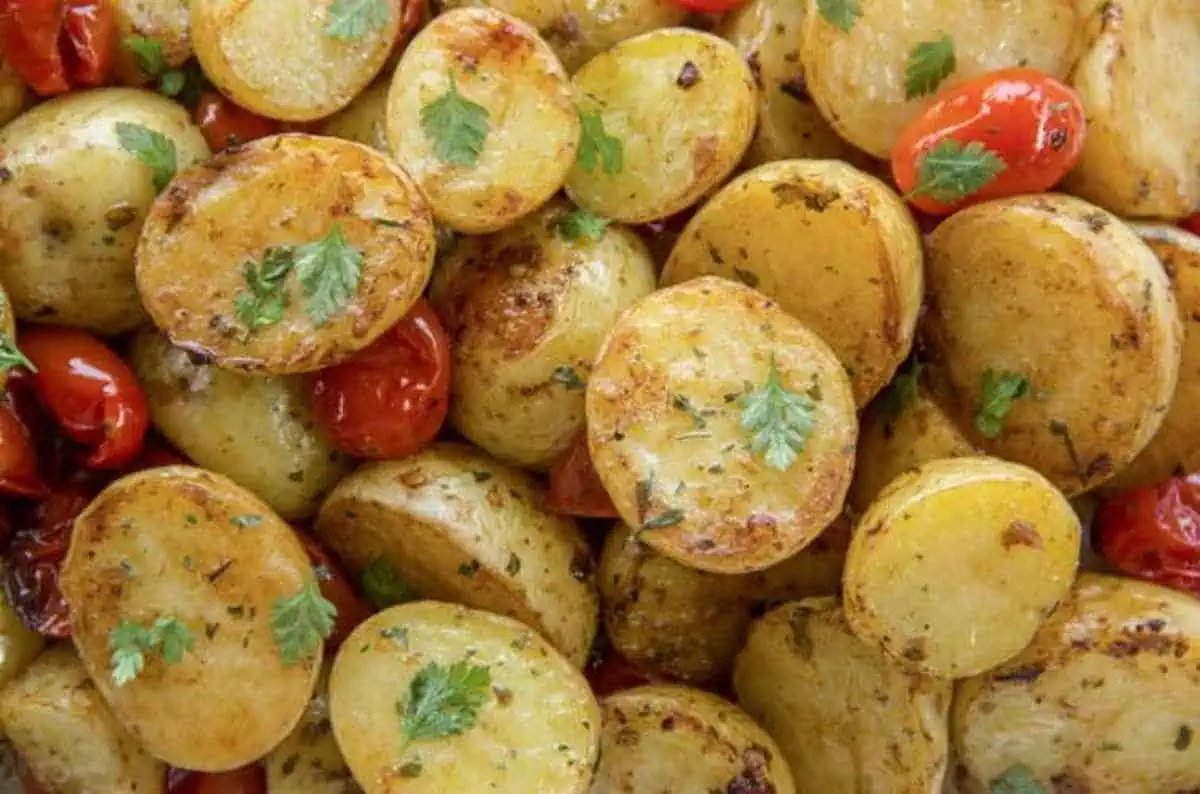
The 7 Biggest Mistakes You Make When Baking Potatoes
The humble potato is probably the most common and versatile food you can find in almost any kitchen all over the world. They are so common and easy to find that people assume they are easy to cook. While it is true that most potato recipes
are simple, they are also quite easy to mess up. A naked potato, for example, is a staple in many kitchens. Yet, many people end up with slippery and soggy skins, gummy and gooey centers, or charred, if not burnt skins. It’s important to know the ideal internal temperature of a baked potato in order to enjoy a delicious meal.
What is the Ideal Internal Temperature of Baked Potato?
Baking potatoes is both a science and an art form. While there are no hard and fast rules on how to tweak the many recipes and fillings you can add, one thing remains certain – the ideal internal temperature of baked potato should be at a sweet spot of between 205°F and 212°F.
If you want to make that fluffy, salty and crispy skin, soft and melt-in-your-mouth interior type of baked potato, it is not enough that you achieve the ideal internal temp of baked potato. It is also important to be aware of the common mistakes you need to avoid when baking potatoes.
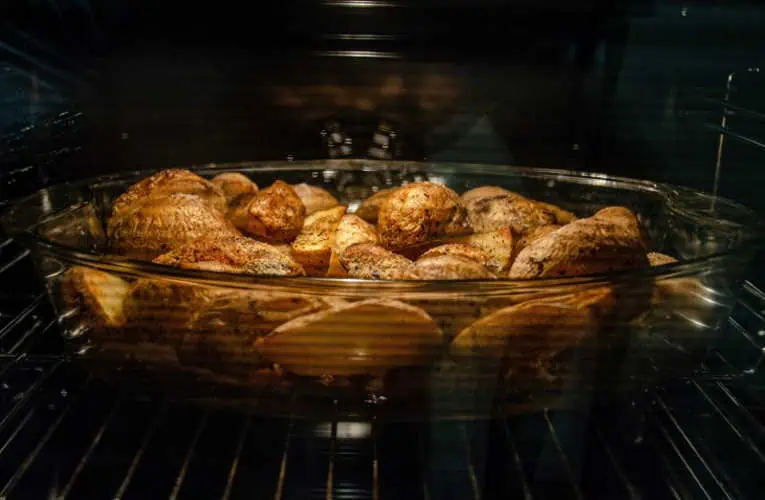
Common Mistakes When Baking Potatoes
Now, it is possible to bake potatoes like a pro at home. Take note of the common mistakes that you need to avoid.
You didn’t choose your potatoes
Why does this matter? Potatoes come in different assortments in terms of types, shapes, and sizes. Different potatoes work for different recipes (and formulas). For baking potatoes, the best option out there is the russet potato, also known as baking potatoes.
Russet potatoes are low in moisture and high in starch. This makes them perfect for baking as their interior turns nice and fluffy when baked, all while leaving the skin crispy.
When choosing potatoes for baking, choose medium-sized potatoes and make sure they are around the same size (half a pound). This ensures they are cooked the same way and at the same speed. Larger potatoes, obviously, will take longer to cook.
Not drying your potatoes before cooking
While it is indeed important to rinse your potatoes well and remove all dirt and debris thoroughly, excess water from the potatoes will easily mess them up once inside the oven. Excess moisture on the skin can easily seep through the potatoes, leaving you with soggy skins.
To clean your potatoes, scrub them thoroughly (and gently, of course, you don’t want to ruin a good potato) using a vegetable brush. Afterward, make sure you dry your potatoes fully by wiping them with paper towels.
Not pricking your potatoes
Make sure to prick a few holes into the skin of your potatoes. This provides ventilation for the heat to escape. Prick your potatoes using a fork about eight times. Unlike many vegetables, potatoes are unlikely to explode when baked, but it can happen, especially with wet potatoes. You don’t want to take that risk. Don’t go overboard though, a quarter of an inch will do.
You wrapped your potatoes with foil
There’s a good chance you have made this mistake, probably more than a couple of times already. No need to be ashamed though, it’s called a common mistake for a reason. But why is this wrong? Wrapping your potatoes with foil ruins the skin.
Baking the perfect potatoes requires a balance of dehydration and rehydration. When you use foil, all the moisture from the potatoes gets trapped and comes back to its skin. This makes the skin soggy.
You didn’t place your potatoes on a wire rack
For potatoes to cook thoroughly and evenly, heat must be able to escape from all sides. Putting your potatoes on a sheet pan without a wire rack means there is a hard spot that could result from uneven cooking.
Thus, make sure you place a thin wire rack in a rimmed baking sheet. Line up your potatoes before putting them into a preheated oven. Make sure to leave a small space between each potato before closing the oven.
Your oven is too hot
Speaking of a preheated oven, while it is important to pre-heat, you cannot start baking potatoes with an oven that is too hot. The key is to bake them low and slow. If time is not an issue, the ideal way to bake potatoes is at 300˚F for 90 minutes. You can cut that time to 45 minutes, but you would have to ramp up the heat to 450 ̊F. Obviously, your baking time depends on the size of the potatoes (and how hot your oven can get).
However, you cannot go over 450˚F. There is no sense in trying for faster than 45 minutes and increasing the temperature by more than 450. Too high of a temperature will leave you with overly browned (if not burnt) skin with charred spots. Since perfectly baked potatoes have a crispy and delicious skin with a fluffy interior, you cannot let charring appear on any spots whatsoever.
You are not using a food thermometer
While it is easy to shy away from kitchen tools food thermometers, thinking they are just fancy gadgets, you need to know that even the best chefs in the world use them on a daily basis. If you want your food to be perfect, then you have to use everything at your disposal to achieve that.
As said earlier, the ideal internal temperature of a baked potato is between 205°F and 212°F. You need to aim for that sweet spot. Not getting it to 205°F will leave you with potatoes that are too dense, if not gummy. Exceed 212°F and you will end up with charred potatoes.
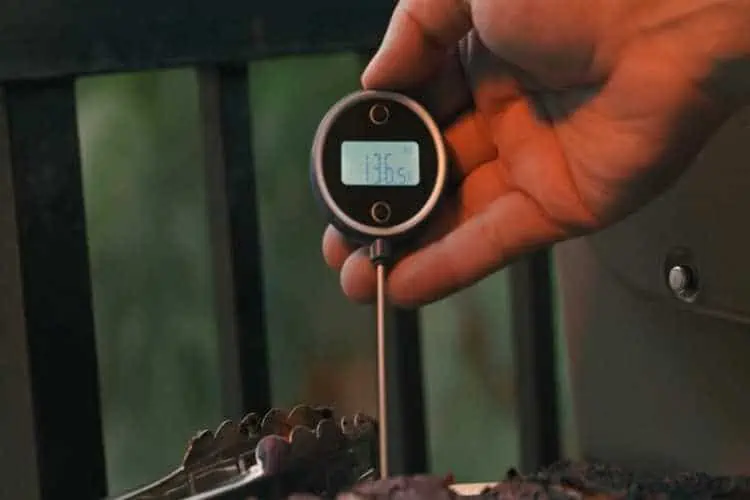
Conclusion
The best way to baste your potatoes is when they reach 205°F, take the pan out from the oven and brush the potatoes with olive oil. Then, sprinkle a generous amount of kosher salt before returning the pan to the oven for 10 minutes. By this time, the temperature will increase by up to 3 degrees. The oil will help crispen the skin while the salt adds flavor to the potatoes.
After baking, make sure you slice the potatoes immediately (yes, while they are hot). If you don’t, the potatoes will retain water from the steam which will create a dense and gummy interior. Use a serrated knife to cut the potatoes and squeeze out some moisture using a towel or hot-temp glove.
There you have it, the best way to make perfect baked potatoes!
Discover more recipes and learn kitchen tricks by joining our cooking family on Facebook.
Shop now for products used in this post:
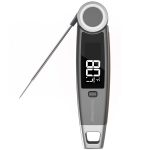
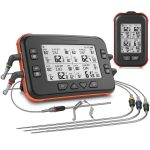
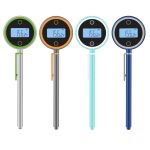
You may also like:
